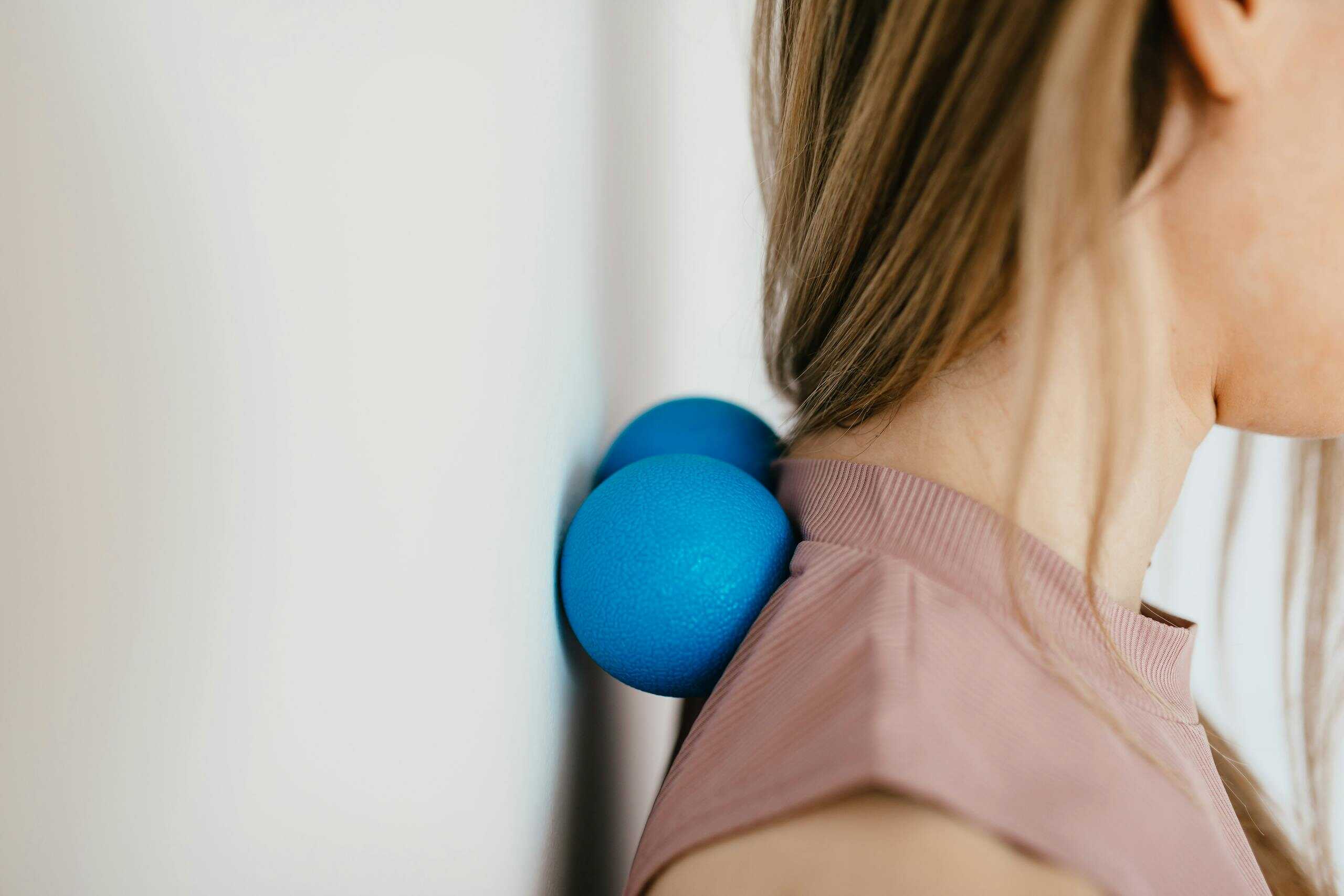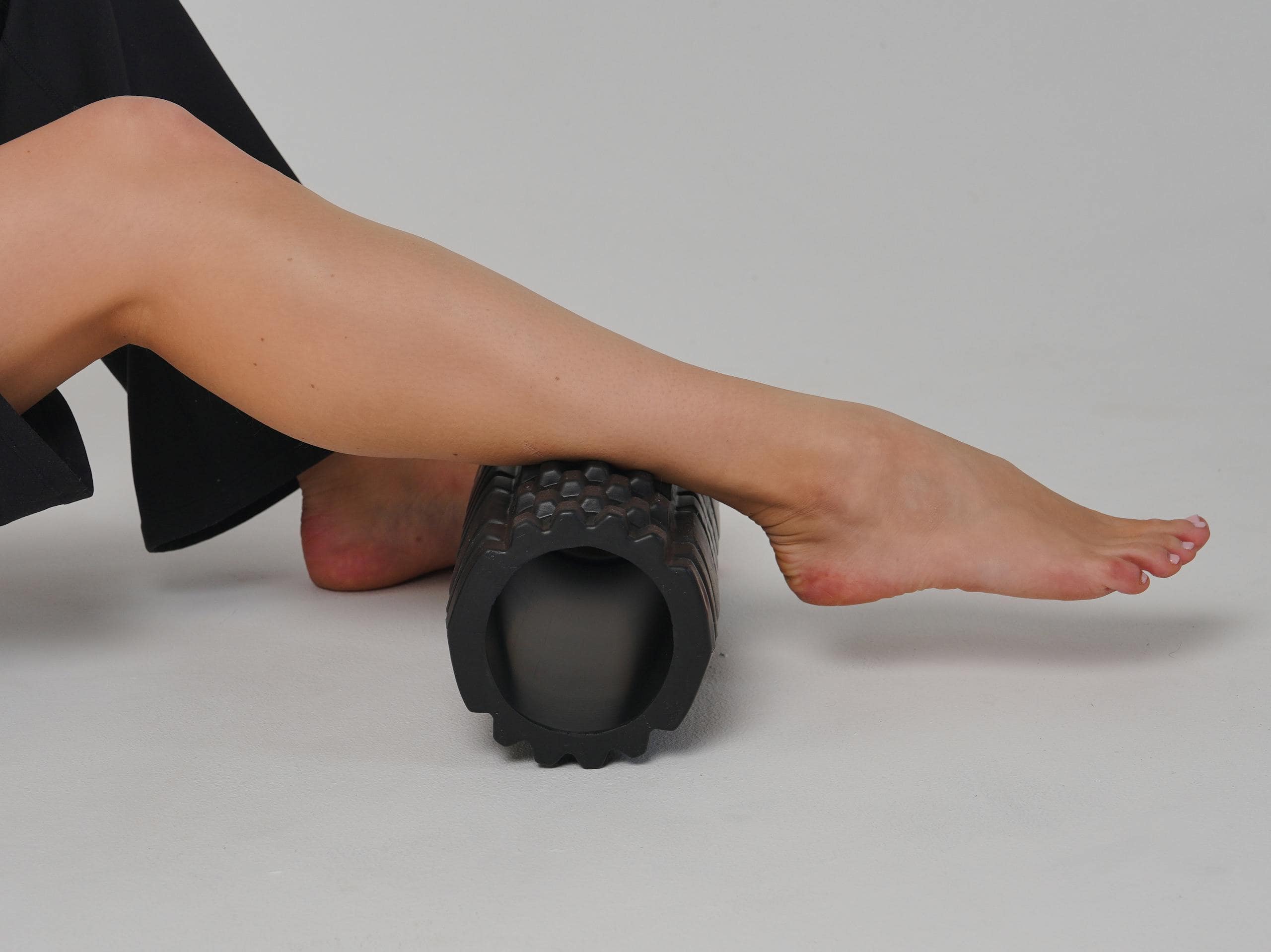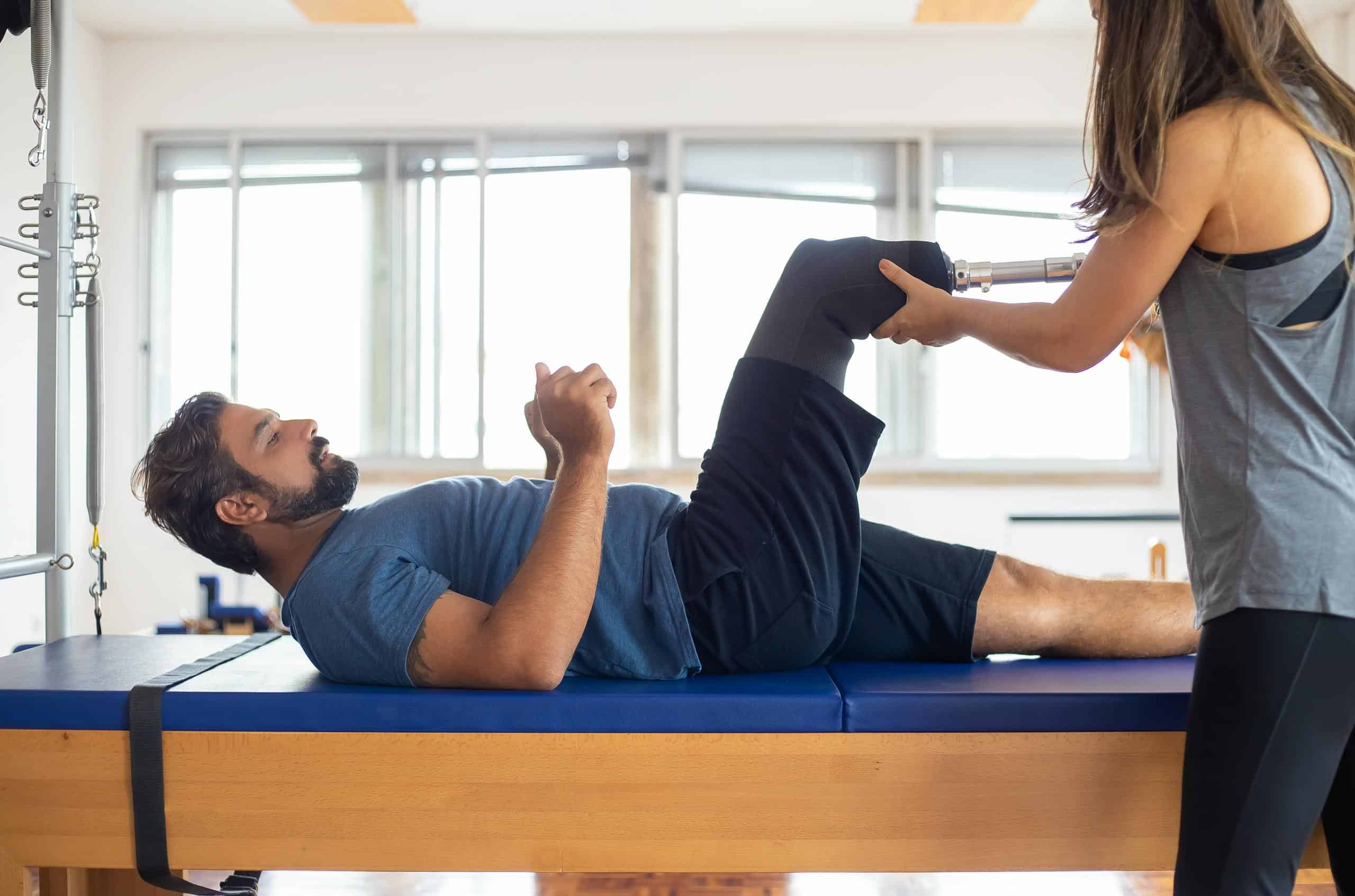The Secret to Smarter Training: Injury Rehabilitation Meets Somatic Strength Work
If you’re like many of my clients, you don’t just want to feel better during injury rehabilitation — you want to move better. Stronger. Smarter. More capable in your body, whether you’re lifting, hiking, parenting, or just trying to make it through a long workday without pain.
But here’s the truth: the path to stronger isn’t always smart. And I see it all the time in my clinic at True North Athletic Therapy here in Bozeman.
Someone comes in with shoulder pain or chronic low back tightness. They’ve been training hard, doing all the “right” exercises — but their body’s still sending up red flags. Why? Because strength without awareness creates compensation. And compensation leads to breakdown.
That’s why I’m so passionate about integrating somatic strength work into rehab and performance. And it’s also why I collaborate with Mindful Somatics, a practice that teaches intentional, intelligent movement through handstands and bodyweight training.
Together, we’re helping clients in Bozeman and beyond train with purpose — not just power.
What Makes a Training Program “Smart”?
Most people think “smart training” means:
Those are great starts. But from a clinical standpoint, smart training means:
It also means catching issues before they become injuries — something traditional training often misses.

What I See In Injury Rehabilitation (and Why It Matters)
At True North Athletic Therapy, I specialize in identifying those subtle patterns — the ones that don’t show up on an MRI but wreak havoc on your joints, your posture, and your performance.
Examples I see every week:
These issues don’t always come from weakness — they come from disconnection. Somewhere along the line, your brain stopped talking to a part of your body. Or at least, it stopped listening well.

How Somatic Strength Training Combines With Injury Rehabilitation
This is where the work of Mindful Somatics has become so valuable for my clients.
Chala doesn’t just teach people how to do handstands. She teaches people how to move with awareness. How to build strength by paying attention to alignment, breath, balance, and tension.
Her work helps fill the gap between rehab and real-world strength.
For example:
It’s functional, intentional, and incredibly effective when combined with the kind of injury rehabilitation I offer.
From Passive Care to Active Injury Rehabilitation
When clients come to me for injury rehabilitation in Bozeman, they’re often used to two extremes:
What’s missing is the bridge. That space where healing becomes ownership. Where rehab turns into exploration. That’s what we create when we combine therapy with somatic strength.
You start to:

Case Study: From Knee Pain to Confident Movement
One of my clients — a ski patroller in her early 40s — came in with recurring knee pain. She had been through physical therapy, but still was not experiencing the results she needed. She was strong, active, and motivated. But every time she returned to training, her symptoms returned.
After a few sessions at True North Athletic Therapy, we identified core instability and poor ankle mobility as contributing factors.
I referred her to Mindful Somatics to work on slow, controlled foot-loading drills and handstand prep that trained alignment from the ground up. Not only did her pain decrease, but her ability to feel where her body was in space dramatically improved.
She didn’t just get “better.” She got smarter. More confident. And more aware.
Nervous System Injury Rehabilitation, Not Just Muscles
One of the biggest misconceptions in training and rehab is that progress comes from building muscle. In reality, the nervous system leads the way.
If your nervous system doesn’t feel safe, your body won’t let you fully engage — especially under load or stress. That’s why people feel “tight” or “unstable” even after years of training.
Somatic practices calm the nervous system by:
This leads to:
It’s a nervous system re-education, and it can change the way you train forever.
How I Integrate Somatic Work Into Injury Therapy
Here’s how this looks in real life at True North Athletic Therapy:
1. Assessment
I identify dysfunctional patterns and weak links — often the real why behind your pain or plateau.
2. Treatment
We use hands-on therapy, corrective movement, and nervous system work to restore function.
3. Integration
Once you’re moving better, I guide you toward active recovery tools — often through Mindful Somatics — to rebuild strength and awareness together.
You’re never just discharged. You’re supported into your next phase of movement.
Why This Matters More Than Ever
Injuries are no longer just the domain of athletes. Sitting, screen time, stress — they all affect how we move. Most people don’t need more punishment in their workouts. They need:
That’s what this approach offers. Whether you’re a weekend warrior, a parent chasing kids, or an athlete returning to sport, combining injury rehabilitation with somatic strength training will help you train for life, not just performance.

What You Can Do Next
Ready to train smarter, not just harder?
Take Advantage Of An Optimized Injury Rehabilitation System
You don’t have to choose between rehab and performance. You can have both — and better.
Reach out to True North Athletic Therapy to start building a training plan that works with your body.
Or explore Mindful Somatics for handstand training that makes you smarter, not just stronger.

